Perry Miniatures is a renowned company that specializes in producing high-quality historical miniatures for wargaming, dioramas, and collectors. Founded by the Perry brothers, Alan and Michael, who are both passionate about history and miniatures, the company has gained a reputation for its attention to detail and historical accuracy. The Perry brothers have a wealth of experience in the industry, having previously worked for Games Workshop and founding their own successful miniature company, Warlord Games.
Perry Miniatures offers a wide range of historical figures, covering various periods such as the Napoleonic Wars, the American Civil War, the Crusades, and many more. Their miniatures are meticulously sculpted and cast in metal or plastic, providing hobbyists with the opportunity to bring history to life through their craftsmanship. Whether you are a seasoned wargamer, a diorama enthusiast, or a collector, Perry Miniatures has something to offer for everyone with an interest in historical miniatures.
Key Takeaways
- Perry Miniatures offers a wide range of historical miniatures for crafting and painting.
- Crafting historical figures requires attention to detail and historical accuracy.
- Essential tools and materials for crafting miniatures include sculpting tools, putty, and primer.
- Techniques for painting and detailing miniatures include dry brushing, washes, and highlighting.
- Historical accuracy and research are crucial for creating authentic and realistic miniatures.
The Art of Crafting Historical Figures
Crafting historical figures is a labor of love that requires patience, precision, and a keen eye for detail. Whether you are assembling and painting miniatures for wargaming or creating a diorama to showcase historical events, the process of crafting these tiny works of art is both challenging and rewarding. Each miniature represents a piece of history, and it is the responsibility of the hobbyist to do justice to the subject matter through careful craftsmanship.
The art of crafting historical figures begins with research and planning. Understanding the historical context of the miniature is crucial for achieving accuracy in the final product. Once the research is done, the hobbyist can move on to assembling the miniature, which involves carefully cleaning and preparing the components before gluing them together. Painting and detailing come next, requiring steady hands and a good understanding of color theory and shading. Finally, showcasing the finished miniature in a diorama or on the gaming table completes the process, allowing others to appreciate the hard work and dedication that went into crafting it.
Tools and Materials for Crafting Miniatures
Crafting miniatures requires a variety of tools and materials to bring them to life. Hobbyists will need basic tools such as clippers, hobby knives, files, and glue for assembling the miniatures. Additionally, a good set of paintbrushes in various sizes is essential for painting and detailing the figures. Paints specifically designed for miniature painting, such as acrylics or enamel paints, are also necessary to achieve the desired color scheme and finish.
In addition to tools, hobbyists may also want to invest in materials for basing their miniatures. This can include textured paints, static grass, sand, and other scenic materials to create a realistic base for the figures. For those working with metal miniatures, it is important to have appropriate primers and sealers to ensure that the paint adheres properly and protects the finished miniature from wear and tear.
Techniques for Painting and Detailing
| Technique | Description |
|---|---|
| Blending | Gradually mixing two or more colors to create a smooth transition. |
| Dry brushing | Applying a small amount of paint to a dry brush to create a textured effect. |
| Wet-on-wet | Applying wet paint onto a wet surface to create soft, blended edges. |
| Detailing | Adding intricate and precise elements to enhance the overall painting. |
Painting and detailing miniatures require a steady hand, attention to detail, and a good understanding of painting techniques. One of the most important techniques for miniature painting is layering, which involves building up thin layers of paint to create smooth transitions between colors and achieve depth in the final finish. Dry brushing is another useful technique for highlighting raised details on the miniature, while washes can be used to add depth and shading to recessed areas.
Detailing is an equally important aspect of miniature painting, as it brings out the character and personality of each figure. This can include painting facial features, adding texture to clothing and armor, and applying small details such as buttons, buckles, and insignia. Hobbyists may also choose to use techniques such as freehand painting or decals to add intricate designs or markings to their miniatures, further enhancing their historical accuracy and visual appeal.
Historical Accuracy and Research
Historical accuracy is paramount when crafting historical miniatures, as it not only adds authenticity to the finished product but also honors the individuals and events being depicted. Research plays a crucial role in achieving historical accuracy, as it provides insight into the clothing, equipment, and insignia of the period. This can involve studying primary sources such as paintings, photographs, and written accounts, as well as consulting historical experts or reference books on the subject matter.
In addition to visual research, understanding the historical context of the miniature is essential for achieving accuracy in its portrayal. This can involve studying the tactics and uniforms of specific military units, or the social customs and attire of civilians from a particular time period. By immersing themselves in the history of their chosen subject, hobbyists can ensure that their miniatures are faithful representations of the past.
Showcasing Your Miniatures

Once a miniature is completed, hobbyists have several options for showcasing their work. For wargamers, this may involve incorporating the miniatures into their gaming table or creating custom terrain to complement the historical setting. Diorama enthusiasts may choose to display their miniatures in a carefully crafted scene that tells a story or captures a specific moment in history. Collectors may prefer to showcase their miniatures in display cases or on specialized stands that highlight their individuality and craftsmanship.
Regardless of how they are showcased, miniatures are best displayed in a way that allows others to appreciate the hard work and attention to detail that went into crafting them. This can involve using proper lighting to highlight the details of the figures, as well as providing information about the historical context of the miniatures to give viewers a deeper appreciation for their significance.
Resources for Further Learning
For those looking to expand their knowledge and skills in crafting historical miniatures, there are numerous resources available for further learning. Books on historical uniforms and equipment can provide valuable reference material for achieving accuracy in painting and detailing miniatures. Online forums and social media groups dedicated to miniature painting offer opportunities to connect with other hobbyists, share tips and techniques, and gain inspiration from others’ work.
Workshops and classes hosted by experienced miniature painters can provide hands-on instruction and guidance for honing painting skills and learning new techniques. Additionally, historical reenactment events and museums can offer firsthand experiences with historical artifacts and clothing, allowing hobbyists to study these details up close for greater accuracy in their miniature work.
In conclusion, crafting historical miniatures is a challenging yet rewarding hobby that allows enthusiasts to bring history to life through meticulous craftsmanship. With careful research, attention to detail, and dedication to historical accuracy, hobbyists can create stunning works of art that honor the individuals and events of the past. Whether it’s for wargaming, dioramas, or collecting, Perry Miniatures provides a wealth of options for those passionate about historical miniatures, offering an opportunity to delve into history in a tangible and creative way.
If you’re interested in Perry Miniatures, you might also want to check out this article on hotspo.net about the top 10 historical miniature wargames of all time. It’s a great resource for finding new games to try out and expand your collection. Check it out here!
FAQs
What are Perry Miniatures?
Perry Miniatures is a UK-based company that specializes in producing high-quality miniatures for wargaming and historical tabletop gaming.
What types of miniatures do Perry Miniatures produce?
Perry Miniatures produces a wide range of historical miniatures, including figures for various periods such as the Napoleonic Wars, American Civil War, and medieval warfare. They also produce miniatures for specific historical battles and campaigns.
What materials are Perry Miniatures made from?
Perry Miniatures are typically made from metal or plastic, depending on the specific range and period of history they represent.
Are Perry Miniatures suitable for wargaming and tabletop gaming?
Yes, Perry Miniatures are designed specifically for use in wargaming and tabletop gaming. They are often used in popular historical wargaming systems such as Warhammer Historical, Black Powder, and Hail Caesar.
Where can I purchase Perry Miniatures?
Perry Miniatures can be purchased directly from the company’s website, as well as from various retailers and hobby stores that specialize in wargaming and tabletop gaming products.

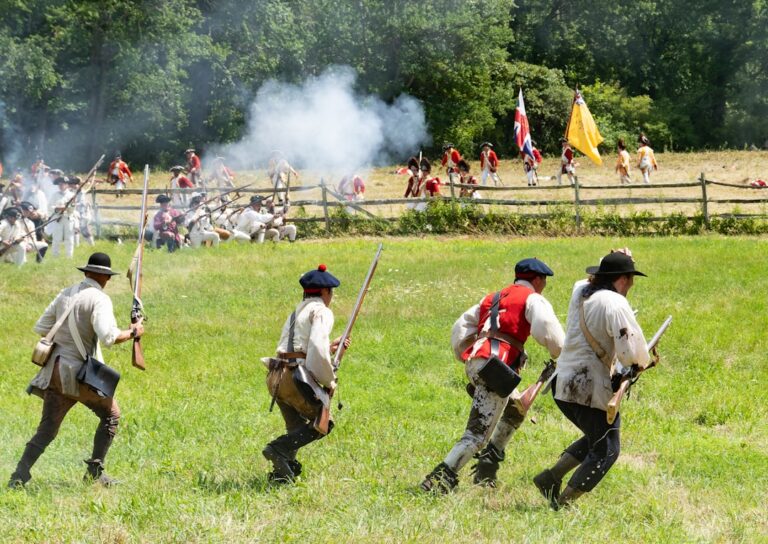

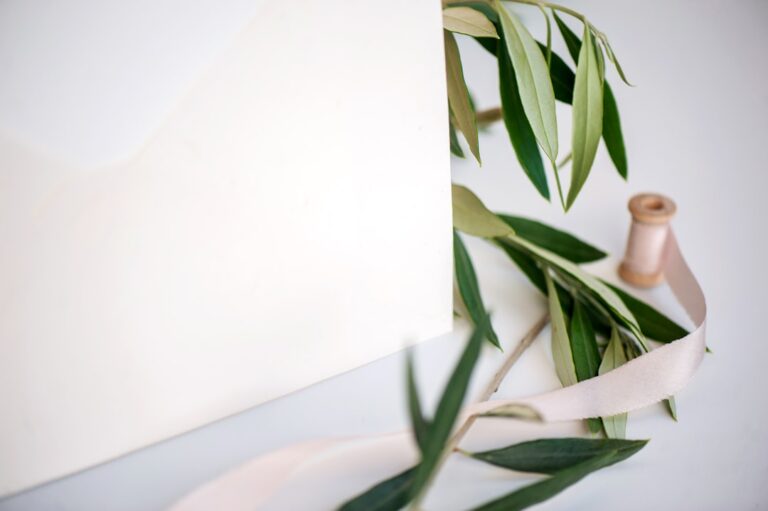

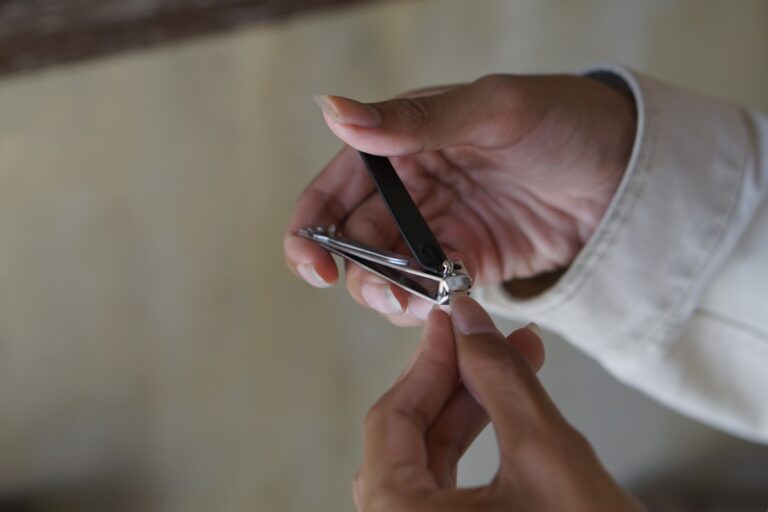





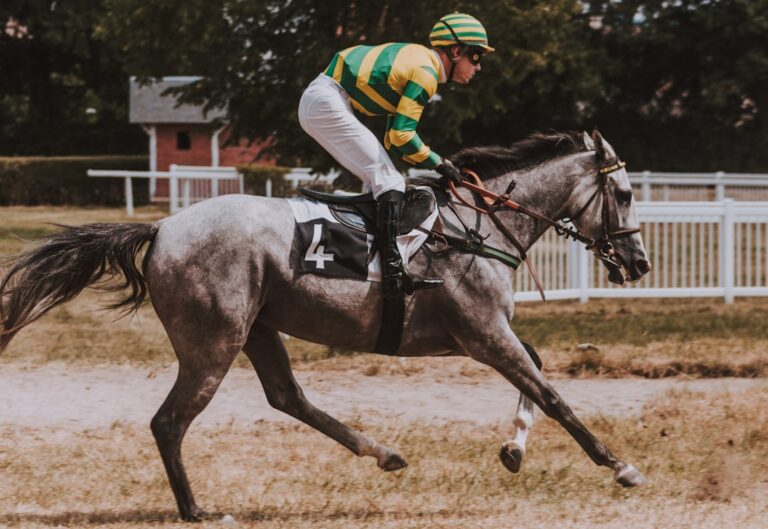


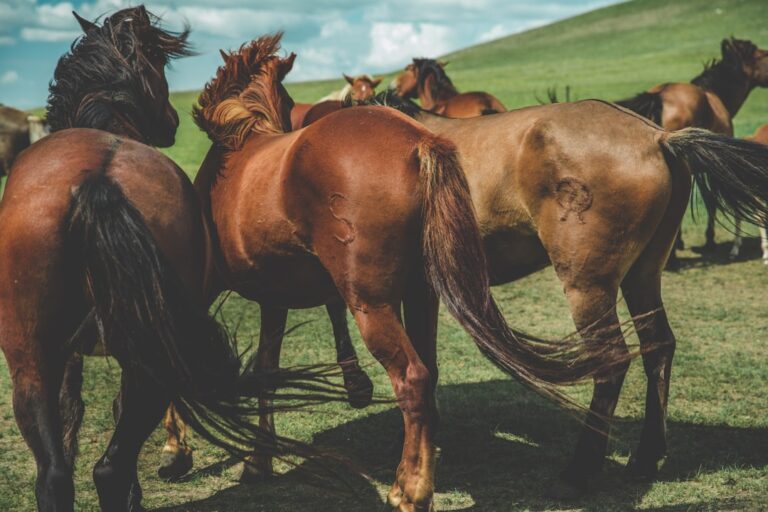
+ There are no comments
Add yours